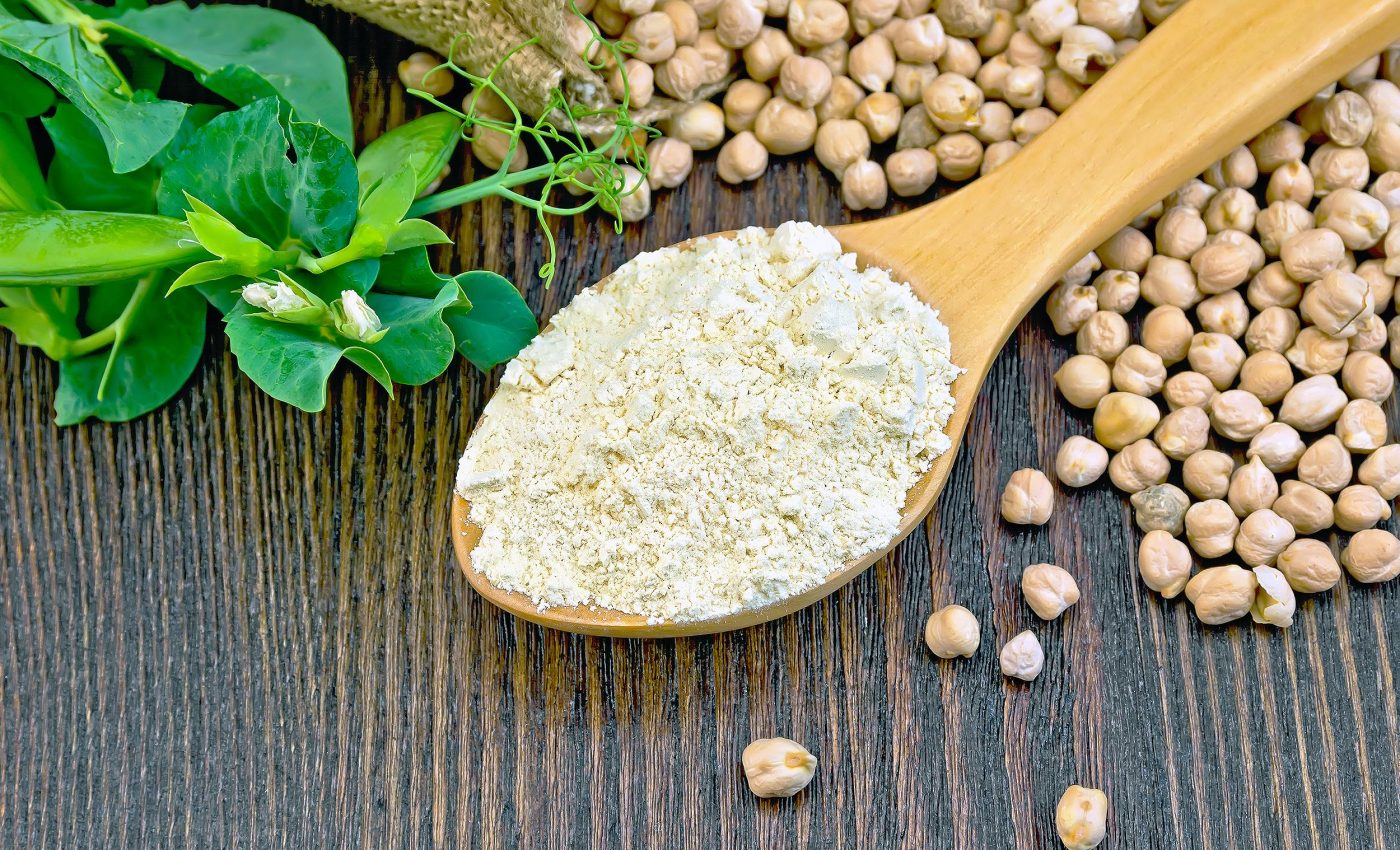
Removing this one thing from your diet could dramatically increase lifespan
For decades, studies on mice, monkeys, and even roundworms have pointed to calorie restriction as a ticket to longevity. Trouble is, perpetual hunger does not rank high on most bucket lists, and adherence to such strict diets tends to plummet once real life barges in with birthdays and barbecues.
By the time researchers at the University of Wisconsin put calorie-cutting under the microscope, they noticed a pattern: eating less helped animals live longer, but the menu’s makeup mattered just as much.
That discovery widened the spotlight to proteins, the nutrients stitched together from 20 common amino acids. Nine of those are “essential,” meaning the body cannot manufacture them.
Early work hinted that dialing down total protein might mirror the benefits of calorie restriction without the gnawing hunger.
Mice fed modest protein saw improved blood sugar control and trimmer waistlines, yet blanket reductions risked muscle loss, especially in older animals. Something more surgical was needed.
Protein quality over quantity
Metabolism researcher Dudley Lamming stepped into that gap with a question few had asked: what if the magic hides in specific amino acids rather than protein as a whole?
“We like to say a calorie is not just a calorie,” he says. “Different components of your diet have value and impact beyond their function as a calorie, and we’ve been digging in on one component that many people may be eating too much of.”
His team homed in on the branched-chain amino acids – leucine, isoleucine, and valine – popular in sports supplements for their muscle-building buzz. Instead of treating them as a block, the researchers isolated each one. Isoleucine quickly took center stage.
Cutting back on isoleucine
When mice at the equivalent of 30 human years were fed chow that cut isoleucine by about two-thirds, their bodies shed fat quickly.
“Very quickly, we saw the mice on the reduced-isoleucine diet lose adiposity – their bodies got leaner, they lost fat,” says Lamming.
Calorie intake actually climbed; the animals nibbled more in an apparent effort to find the missing amino acid, yet their metabolisms revved high enough to keep weight off.
Over time, male mice lived about 33 percent longer, and females about 7 percent.

That extra runway arrived with smoother blood sugar curves, sturdier muscles, and fewer signs of frailty across 26 health checks – from grip strength to coat condition.
Cancer, the usual culprit in an aging mouse colony, struck less often in males on the low-isoleucine diet, and prostate enlargement eased.
How isoleucine shapes lifespan
Most roads in the aging field eventually intersect with mTOR, a cellular sensor finely tuned to amino acid levels.
Drop isoleucine, and mTOR quiets down, dialing back growth signals that drive both tumor formation and the wear-and-tear of aging.
The diet also boosts a hormone that helps the body cope with cold and is being studied as a potential diabetes therapy.
The interplay of these pathways – not yet fully mapped – likely explains why trimming one nutrient outperforms broader protein cuts in middle-aged mice.
“Previous research has shown lifespan increase with low-calorie and low-protein or low-amino-acid diets starting in very young mice,” Lamming explains.
“We started with mice that were already getting older. It’s interesting and encouraging to think a dietary change could still make such a big difference in lifespan and what we call ‘healthspan,’ even when it started closer to mid-life.”
Isoleucine and human health
Humans need isoleucine for everything from hemoglobin production to immune defense, so eliminating it is off the table.
The wrinkle is that many Western diets supply far more than the daily requirement, thanks to eggs, cheese, soy isolates, chicken, and beef featuring heavily on menus.
Surveys from Wisconsin echo national data: people with higher body-mass indexes often report higher isoleucine intake.
“We can’t just switch everyone to a low-isoleucine diet,” Lamming continued. “But narrowing these benefits down to a single amino acid gets us closer to understanding the biological processes and maybe potential interventions for humans, like an isoleucine-blocking drug.”
The team’s nutritional modeling suggests that choosing more fruits, vegetables, and modest portions of animal protein can shave isoleucine totals without complicated meal plans.
Human trials come next
Because the study relied on a genetically diverse strain of mice – much closer to human variety than lab inbreds – confidence is higher that the findings translate.
Yet controlled human trials are still required. Researchers are now exploring whether temporary isoleucine dips, similar to the popular five-day fasting-mimicking diet, can trigger the same metabolic perks without long-term restriction.
“It could be that by choosing healthier foods and healthier eating in general, we might be able to lower isoleucine enough to make a difference,” Lamming surmised.
While clinicians wait for definitive guidance, nutritionists already recommend leaning on legumes, whole grains, and vegetables, which naturally carry less isoleucine than dairy or red meat. That shift dovetails with broader public-health advice to curb chronic disease risk.
Eat right, feel good, live longer
To sum it all up, living longer has always hinged on a balance between what bodies need and what wears them out.
The latest evidence suggests that tipping the scales away from a single amino acid might buy extra years without sacrificing satisfaction at the table.
Turning lab findings into dinner-plate habits won’t happen overnight, but the path is far clearer now than when the conversation started with simply “eat less.”
These full studies were published in the journals Cell Metabolism and Nature Aging.
—–
Like what you read? Subscribe to our newsletter for engaging articles, exclusive content, and the latest updates.
Check us out on EarthSnap, a free app brought to you by Eric Ralls and Earth.com.
—–













